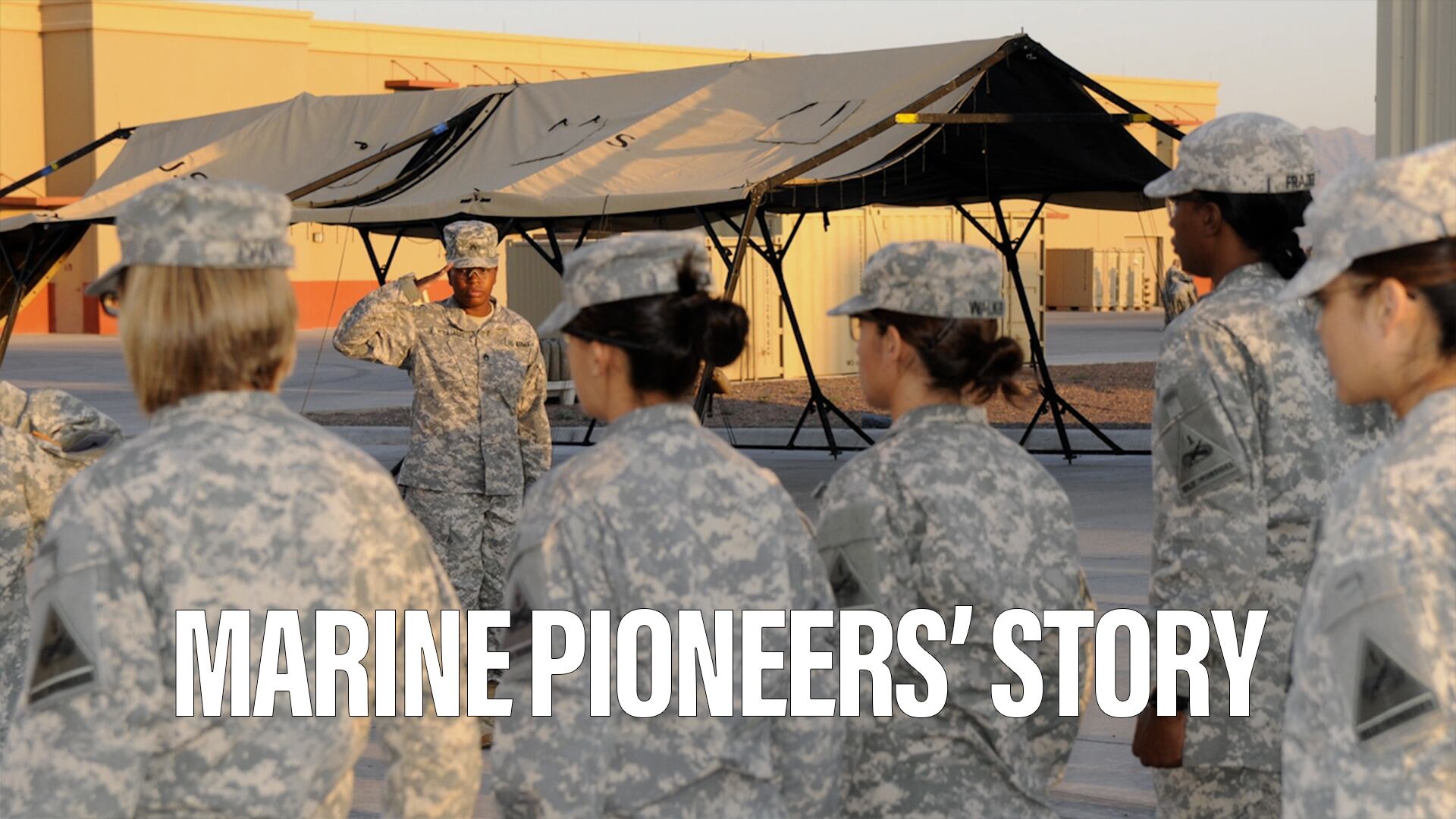The members of NATO issued their plan for the next year during the 75th anniversary summit in Washington, calling Ukraine’s path to membership in the alliance “irreversible.”
The communique is a rhetorical flourish to the document issued last year in Vilnius, Lithuania, and the strongest commitment to date on having the embattled country join the security pact.
“We welcome the concrete progress Ukraine has made since the Vilnius Summit on its required democratic, economic, and security reforms,” the Washington Declaration reads. “As Ukraine continues this vital work, we will continue to support it on its irreversible path to full Euro-Atlantic integration, including NATO membership.”
Outgoing NATO Secretary General Jens Stoltenberg told reporters the alliance will ensure “that when the time is right, Ukraine will join without delay.”
“It is not a question of if but when,” he said.
But to the disappointment of Ukraine’s biggest supporters, there is no invitation for the nation to join, nor is there a more specific plan to do so.
Unlike during last year’s summit, Ukraine’s delegation understood that such an offer almost certainly wouldn’t arrive. Officials in Kyiv instead turned to the material support they could gather from the summit, like air defense, F-16 fighter jets and an expanded role for NATO to aid Ukraine’s military.
Negotiators working on the communique had jostled over whether it would call Ukraine’s path “irreversible” or a “bridge.” In the end, both made it into the document — a win for those pushing to harden last year’s language. But as many Ukrainian officials and analysts told Defense News this week, it’s still only language.
“Beside the political decisions, which we understand can only go so far now, we need practical decisions” on equipment, Igor Zhovkva, a top adviser to Ukrainian President Volodymyr Zelenskyy, told Defense News.
The pledge includes a large package of such support for Ukraine, including a long-term support for its self-defense. Next year, the allies have pledged to send Ukraine at least $43 billion in funding, some of which will go toward security. Part of the motivation for this commitment is the U.S. presidential election in November, when former President Donald Trump — a skeptic of NATO and the support for Ukraine — could return to the White House.
It also confirms a NATO command in Wiesbaden, Germany, made up of 700 personnel. As Ukraine wanted, this new group will supplement — rather than entirely replace — the work of another forum convened every month by the U.S.
That said, there is still some disagreement within the alliance over which group will lead assistance to Ukraine in the longer run.
In June, speaking at NATO headquarters in Brussels, a senior U.S. defense official said the new command wouldn’t replace the American-led Ukraine Defense Contact Group.
But speaking the week before the summit at an embassy in Washington, a European official said something different.
“Progressively NATO will take that responsibility,” the official said.
Speaking with reporters on Monday, a senior NATO official attributed the disconnect in part to nascency.
“This is a new mechanism that has been set up,” the official said of the Wiesbaden command. “There will be an incremental stepping up of NATO’s role.”
The communique also takes the harshest line on China to date, calling it “a decisive enabler of Russia’s war against Ukraine” through support for the Russian defense industry, part of a bigger partnership between the two autocracies.
NATO called on China to cease such support, and also named two other partners offering military assistance to Russia: North Korea and Iran.
“We strongly condemn [North Korea’s] exports of artillery shells and ballistic missiles, which are in violation of numerous United Nations Security Council resolutions, and note with great concern the deepening ties between [North Korea] and Russia,” the document reads. “Any transfer of ballistic missiles and related technology by Iran to Russia would represent a substantial escalation.”
One of the core struggles for NATO since the war has been surging its member states’ defense industries to compete in the kind of slogging warfare occurring in Ukraine.
As a companion to the communique, the alliance also released a defense-industrial pledge, intended to help marshal their collective manufacturing sectors. Among its commitments are joint procurements, the lowering trade barriers and the fortification of supply chains.
In the next five years, according to the pledge, the allies plan to buy “thousands of air defense and artillery systems, 850 modern aircraft, mostly 5th generation F-35″ jets and other weapons.
Noah Robertson is the Pentagon reporter at Defense News. He previously covered national security for the Christian Science Monitor. He holds a bachelor’s degree in English and government from the College of William & Mary in his hometown of Williamsburg, Virginia.








